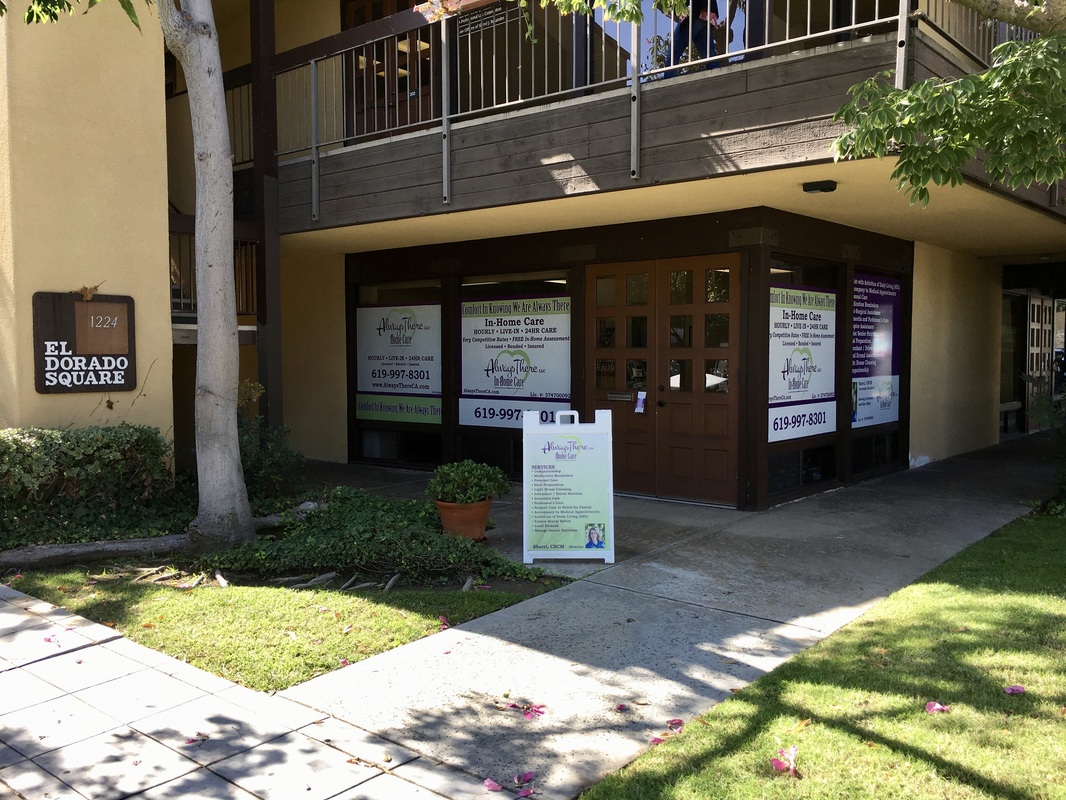A new study finds that the prevalence of dementia has fallen sharply in recent years, most likely as a result of Americans’ rising educational levels and better heart health, which are both closely related to brain health.
Dementia rates in people over age 65 fell from 11.6 percent in 2000 to 8.8 percent in 2012, a decline of 24 percent, according to a study of more than 21,000 people across the country published Monday in JAMA Internal Medicine.
“It’s definitely good news,” said Dr. Kenneth Langa, a professor of internal medicine at the University of Michigan and a coauthor of the new study. “Even without a cure for Alzheimer’s disease or a new medication, there are things that we can do socially and medically and behaviorally that can significantly reduce the risk.”
The decline in dementia rates translates to about one million fewer Americans suffering from the condition, said John Haaga, director of behavioral and social research at the National Institute on Aging, part of the National Institutes of Health, which funded the new study.
Dementia is a general term for a loss of memory or other mental abilities that’s severe enough to interfere with daily life. Alzheimer’s disease, which is believed to be caused by a buildup of plaques and tangles in the brain, is the most common type of dementia. Vascular dementia is the second most common type of dementia and occurs after a stroke.
The new research confirms the results of several other studies that also have found steady declines in dementia rates in the United States and Europe. The new research provides some of the strongest evidence yet for a decline in dementia rates because of its broad scope and diverse ranges of incomes and ethnic groups, Haaga said. The average age of participants in the study, called the Health and Retirement Study, was 75.
The study, which began in 1992, focuses on people over age 50, collecting data every two years. Researchers conduct detailed interviews with participants about their health, income, cognitive ability and life circumstances. The interviews also include physical tests, body measurements and blood and saliva samples.
While advocates for people with dementia welcomed the news, they noted that Alzheimer’s disease and other forms of memory loss remain a serious burden for the nation and the world. Up to five million Americans today suffer from dementia, a number that is expected to triple by 2050, as people live longer and the elderly population increases.
The number of Americans over age 65 is expected to nearly double by 2050, reaching 84 million, according to the U.S. Census. So even if the percentage of elderly people who develop dementia is smaller than previously estimated, the total number of Americans suffering from the condition will continue to increase, said Keith Fargo, director of scientific programs and outreach, medical and scientific relations at the Alzheimer’s Association.
“Alzheimer’s is going to remain the public health crisis of our time, even with modestly reduced rates,” Fargo said.
Although researchers can’t definitively explain why dementia rates are decreasing, Langa said doctors may be doing a better job controlling high blood pressure and diabetes, which can both boost the risk of age-related memory problems. High blood pressure and diabetes both increase the risk of strokes, which kill brain cells, increasing the risk of vascular dementia.
“We’ve been saying now for several years that what’s good for your heart is good for your head,” Fargo said. “There are several things you can do to reduce your risk for dementia.”
Authors of the study found that senior citizens today are better educated than even half a generation ago. The population studied in 2012 stayed in school 13 years, while the seniors studied in 2000 had about 12 years of education, according to the study.
That’s significant, because many studies have found a strong link between higher educational levels and lower risk of disease, including dementia, Lang said. The reasons are likely to be complex. People with more education tend to earn more money and have better access to health care. They’re less likely to smoke, more likely to exercise and less likely to be overweight. People with more education also may live in safer neighborhoods and have less stress.
People who are better educated may have more intellectually stimulating jobs and hobbies that help exercise their brains, Lang said.
It’s also possible that people with more education can better compensate for memory problems as they age, finding ways to work around their impairments, according to an accompanying editorial by Ozioma Okonkwo and Dr. Sanjay Asthana of the University of Wisconsin School of Medicine and Public Health.
Yet Americans shouldn’t expect dementia rates to continue falling indefinitely, Haaga said.
Although educational levels increased sharply after the World War II, those gains have leveled off, Haaga said. People in their 20s today are no more likely to have graduated from college compared to people in their 60s.
“We have widening inequality in health outcomes in the U.S.,” Haaga said. “For people without much education, we’ve had very little improvement in health. The benefits really have gone to those with better educations.”
KHN’s coverage related to aging & improving care of older adults is supported by The John A. Hartford Foundation, and coverage of end-of-life and serious illness issues is supported by The Gordon and Betty Moore Foundation.
Dementia rates in people over age 65 fell from 11.6 percent in 2000 to 8.8 percent in 2012, a decline of 24 percent, according to a study of more than 21,000 people across the country published Monday in JAMA Internal Medicine.
“It’s definitely good news,” said Dr. Kenneth Langa, a professor of internal medicine at the University of Michigan and a coauthor of the new study. “Even without a cure for Alzheimer’s disease or a new medication, there are things that we can do socially and medically and behaviorally that can significantly reduce the risk.”
The decline in dementia rates translates to about one million fewer Americans suffering from the condition, said John Haaga, director of behavioral and social research at the National Institute on Aging, part of the National Institutes of Health, which funded the new study.
Dementia is a general term for a loss of memory or other mental abilities that’s severe enough to interfere with daily life. Alzheimer’s disease, which is believed to be caused by a buildup of plaques and tangles in the brain, is the most common type of dementia. Vascular dementia is the second most common type of dementia and occurs after a stroke.
The new research confirms the results of several other studies that also have found steady declines in dementia rates in the United States and Europe. The new research provides some of the strongest evidence yet for a decline in dementia rates because of its broad scope and diverse ranges of incomes and ethnic groups, Haaga said. The average age of participants in the study, called the Health and Retirement Study, was 75.
The study, which began in 1992, focuses on people over age 50, collecting data every two years. Researchers conduct detailed interviews with participants about their health, income, cognitive ability and life circumstances. The interviews also include physical tests, body measurements and blood and saliva samples.
While advocates for people with dementia welcomed the news, they noted that Alzheimer’s disease and other forms of memory loss remain a serious burden for the nation and the world. Up to five million Americans today suffer from dementia, a number that is expected to triple by 2050, as people live longer and the elderly population increases.
The number of Americans over age 65 is expected to nearly double by 2050, reaching 84 million, according to the U.S. Census. So even if the percentage of elderly people who develop dementia is smaller than previously estimated, the total number of Americans suffering from the condition will continue to increase, said Keith Fargo, director of scientific programs and outreach, medical and scientific relations at the Alzheimer’s Association.
“Alzheimer’s is going to remain the public health crisis of our time, even with modestly reduced rates,” Fargo said.
Although researchers can’t definitively explain why dementia rates are decreasing, Langa said doctors may be doing a better job controlling high blood pressure and diabetes, which can both boost the risk of age-related memory problems. High blood pressure and diabetes both increase the risk of strokes, which kill brain cells, increasing the risk of vascular dementia.
“We’ve been saying now for several years that what’s good for your heart is good for your head,” Fargo said. “There are several things you can do to reduce your risk for dementia.”
Authors of the study found that senior citizens today are better educated than even half a generation ago. The population studied in 2012 stayed in school 13 years, while the seniors studied in 2000 had about 12 years of education, according to the study.
That’s significant, because many studies have found a strong link between higher educational levels and lower risk of disease, including dementia, Lang said. The reasons are likely to be complex. People with more education tend to earn more money and have better access to health care. They’re less likely to smoke, more likely to exercise and less likely to be overweight. People with more education also may live in safer neighborhoods and have less stress.
People who are better educated may have more intellectually stimulating jobs and hobbies that help exercise their brains, Lang said.
It’s also possible that people with more education can better compensate for memory problems as they age, finding ways to work around their impairments, according to an accompanying editorial by Ozioma Okonkwo and Dr. Sanjay Asthana of the University of Wisconsin School of Medicine and Public Health.
Yet Americans shouldn’t expect dementia rates to continue falling indefinitely, Haaga said.
Although educational levels increased sharply after the World War II, those gains have leveled off, Haaga said. People in their 20s today are no more likely to have graduated from college compared to people in their 60s.
“We have widening inequality in health outcomes in the U.S.,” Haaga said. “For people without much education, we’ve had very little improvement in health. The benefits really have gone to those with better educations.”
KHN’s coverage related to aging & improving care of older adults is supported by The John A. Hartford Foundation, and coverage of end-of-life and serious illness issues is supported by The Gordon and Betty Moore Foundation.

 RSS Feed
RSS Feed
